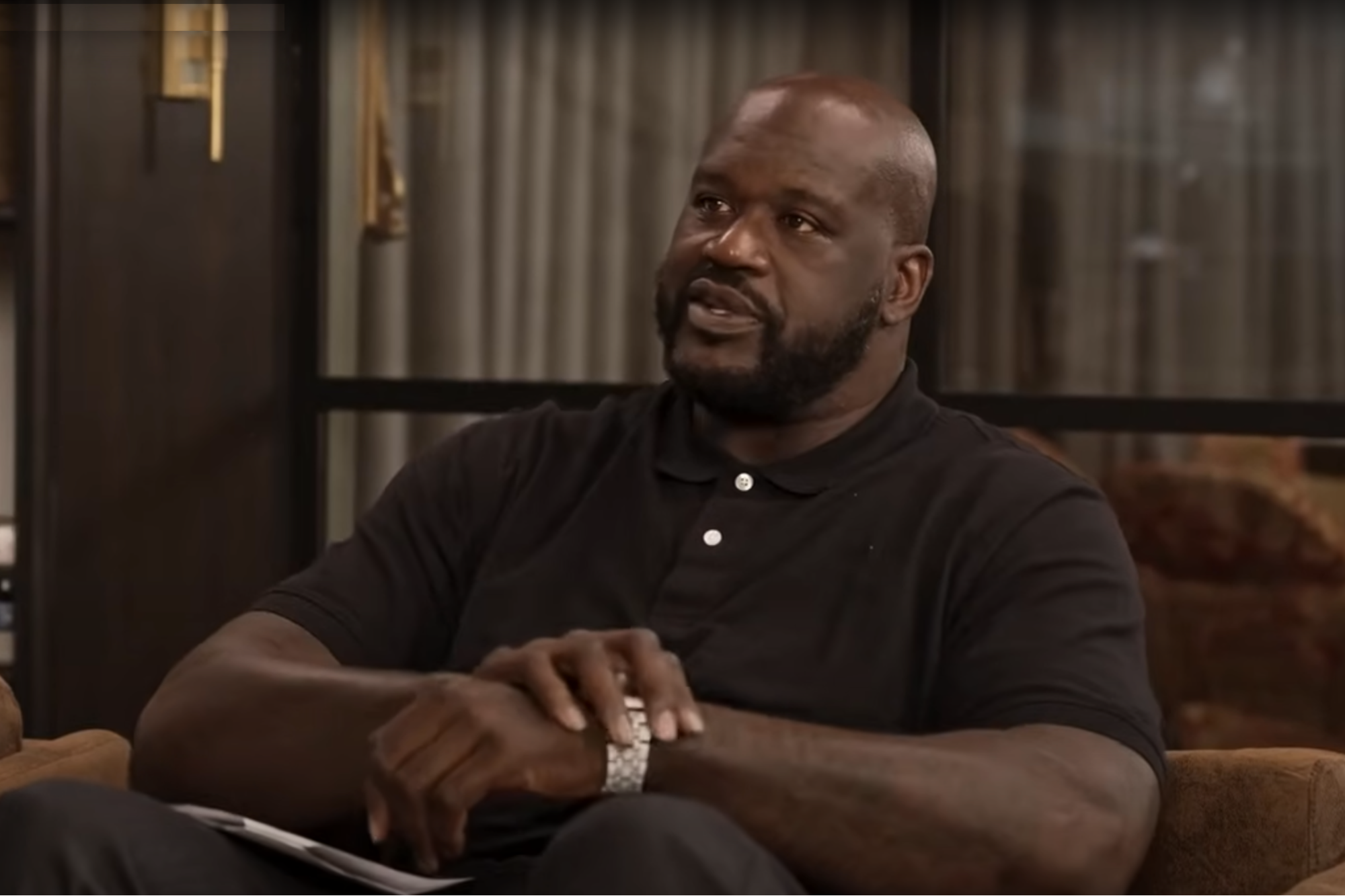How to Find the Inventory Sweet Spot in Wholesale Distribution Like Goldilocks, you need to find that 'just right' middle ground between too much stock and not enough products in order to generate profits. Follow these tips to keep your business in the black.
Opinions expressed by Entrepreneur contributors are their own.
In Start Your Own Wholesale Distribution Business, the staff at Entrepreneur Press and writer Bridget McCrea explain how to start and run a successful wholesale distribution business. In this edited excerpt, the authors explain the best strategies you can use to keep your inventory at optimum levels.
In today's competitive business arena, companies are on perpetual diets. Owners and managers strive to run the leanest possible companies with the fewest employees and the least amount of inventory and liabilities. In the distribution sector, some companies are being run with very low inventories— thus reducing their major sale (nonequipment) investments. Others choose to stock up in order to have "just what the customer ordered" on hand when the need arises.
There are caveats to both strategies. For starters, when a company chooses not to stock up, it runs the risk of being out of an item when the customer comes calling. At the same time, distributors who overstock can find themselves in a real pickle if they can't get rid of merchandise they thought they could unload easily. Being a distributor is all about "turning" inventory (selling everything you have in stock and then replenishing it)—the more times you can turn your inventory in a year, the more money you'll make. Get the most turns by avoiding stocking items that may end up sitting in your warehouse for more than 90 days.
Luckily, there's a happy medium. Read on to find out how to balance the scales just enough to keep your company profitable and your customers happy.
Stocking Up or Not?
How much inventory you buy at startup is going to depend heavily on exactly what you're selling, how far away your customers are located and how demanding they are. For example, if you're supplying customers within a 20-mile radius of your warehouse with janitorial goods like paper towels, rubber gloves and hand soap, then you can base your stocking quantities on the number of customers multiplied by an average usage by each. Their usage is most easily determined by asking them just how much they normally procure on a monthly basis.
On the other hand, if you're servicing a varied customer base located in different geographic areas, you may need to stock a little more than in the previous example. Because you probably won't be visiting those customers at their locations, it may take a few months before you can determine just how much product they'll be buying from you on a regular basis. Of course, you must also leave some breathing room for the "occasional" customer—the one who buys from you once a year and who'll probably always catch you off guard. The good news is that having relationships with vendors can help fill those occasional needs quickly, even overnight or on the same day, if necessary.
In today's "lean" business world, one of the biggest mistakes a company can make is investing in more inventory that it really needs—or that it can sell within a reasonable period of time. Inevitably, this costly inventory winds up gathering dust in a warehouse. In some cases, this occurs because the wholesale distributor didn't factor in its customers' wants and needs. Without these key metrics, companies wind up using a "seat of the pants" approach to inventory, hoping their upfront investments pay off. A better bet is to keep your inventory approach as lean as possible without running out of stock, particularly on high-demand items. Achieving this balance may take a few tries, but within no time at all, you'll be a pro at it if you put the time and energy into making it happen.
At Keith Schwartz's wholesale belt and tie distributorship in Warrensville Heights, Ohio, all it took was a $700 investment in closeout ties to get started. He resold them to a drugstore, pocketed the profits and reinvested the money in more inventory. It's a simple formula and one that works well for the small startup entrepreneur who's operating with low overhead.
The distributor who has already invested in a location, vehicles and other necessities should also factor product life cycle into the inventory equation. Those with longer life cycles (hand tools, for example) are usually less risky to stock, while those with shorter life cycles (for example, food usually has a short life cycle) can become a liability if there are too many of them on the shelf. The shorter the life cycle, the less product you'll want to have on hand.
Ultimately, your goal will be to sell the product before having to pay for it. In other words, if you're buying computers, and if the manufacturer offers you 30-day payment terms, then you'll want to have less than 30 days' worth of inventory on the shelf. That way, you never end up "owning" the inventory and instead serve as a middleman between the company that's manufacturing and/or selling the product and the one that's buying it.
Let's sum up the tricks to stocking a wholesale distributorship:
• Don't overdo it when it comes to buying inventory.
• Try to grasp your customers' needs before you invest in inventory.
• If you can get away with doing it cheaply at first, then go for it.
• Be wary of investing too much in short-lifecycle products, which you may get stuck with if they don't sell right away.
• Stock to a level where you can sell the product before you have to pay for it.










